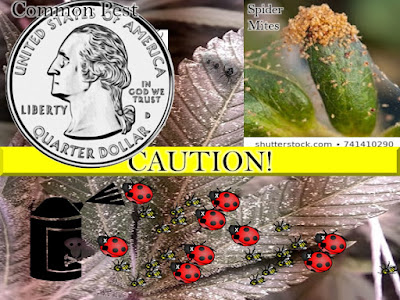Thanks for stopping by.
In just minutes you will get a better understanding of how cannabis grows.
*Pictures/Schedule at the end of the page*
We will cover the
4 basic steps & Common Issues to help you troubleshoot.
 Advanced Processes will dive into each sub category of the 4 basic steps in other articles we cover.
Advanced Processes will dive into each sub category of the 4 basic steps in other articles we cover.Start the seed ½ an inch into the dirt. The seed should be in damp soil with high humidity. You’ve now started the germination process.
Transplant the plant once the roots have outgrown the seed pod. Transfer the seed pod into solo cups or something similar in size. Leave one inch for watering. Now you are in the vegetative or growing part of the process.
Once the plant gets 6 to 8 inches it is too big for the solo cup. It would now be safe to transfer your plant outside (weather permitting) or switch to a larger pot. A few take-aways from planting. Plant outside after the plant is 8 inches. Cannabis plants need lots of root space; a potted plant should be in a multi-gallon pot or larger before flowering.

Watering is the hardest part, but not too difficult. The amount of water depends on the stage the plant is in. As the plant grows the more water it will need.
After germination, start with an ounce daily and way up to a total of about two cups a week (Making sure to water from the top of the soil after germination.)
It’s important to let the top inch or two of the soil dry out before watering again. Adjust your watering amount accordingly. The perfect water pH is 6.4. There is equipment to measure the pH. Basic models range from $5 - $20. Takeaways: Water the soil not the leaves. Let the water seep into the soil.
Cannabis allows for a little bit of flexibility. Starting with the light, it’s important to give the plant 12 hours or more of direct sunlight (in outside locations it more important). During Flower is the only time the plant should get less than 12 hours of sunlight;(represents fall in nature).
A safe growing temperature is 65-75 degrees. Temperature below 60 degrees are only not good unless the plant is fully mature. Temperatures above 78 degrees will dry out the plant faster and stunt its potential. The perfect temperature is 70 degrees Fahrenheit. It will grow in higher and lower temperatures; however, it will affect the overall yield with that much flexibility.
The humidity safe zone is 35 to 65 RH. The Perfect humidity it 50 RH. During the germination stage the humidity can be up to 80 RH. There is equipment to measure the temperature and RH, basic models range from $ 5 - $20. Take-aways: Cannabis plants do not like frost. If the plant is outdoors beware.
When you see one of the pests you'll want to come up with a quick solution. compared to the size of a quarter they can be hard to see. If the spider mites create a web similar to the one pictured you have a serious issue.
Rather than jumping right in; take a step back and do some research. Spraying an over the counter item can get rid of the pest, but don’t just spray the plant without reading the recommendations.
Once out of germination cannabis require some nutrients (plant food) that are two parts nitrogen(N), one-part phosphorus(P) and two parts potassium(K). For flowering it is one-part nitrogen, two parts phosphorus and two parts potassium. Example... 4-3-3 Veg or 1-3-5 Flower / 15-9-6 Veg or 3-9-15 Flower. The main thing to reduce nitrogen and increase potassium when you start the flowering stage.
There are five basic nutrients a tomato plants need’s the N-P-K just mentioned sulfur and magnesium. There are more....
Parts Per Million (PPM) is the number of minerals/solids in water. You can use a store-bought product and follow the dosing instructions. There is a PPM meter that can be bought commercially between $15 – $20.
Combine all of the charts and timelines we went over; it will help if you're getting familiar with the process so far. Take-aways: if you are using a commercial brand of nutrients, start out with a ½ dose. Check for signs of nutrient burn on the leaves when you experiment.
Week 1-4 Watch out for over watering the plant.
Week 4-6 Should be transplanting.
Week 6-8 This is when i start flowering in 5 Gallon Buckets.
Week 8-10 The plant will take more water and Nitrogen should be minimal.
Week 10-12 About Midway. Get the light closer.
Week 12-14 Try to have the humidity range lower.
Week 14-17 Flush out the remaining nutrients with a good drench. Don't water a few days before harvesting. Hang dry for 5-10 days, Cure in a jar or something with a seal for up to 30 days (it can be in a jar for longer). Burp the jars daily until you reach 4 weeks into curing. Its best left for 20-30 days after harvest.















No comments:
Post a Comment